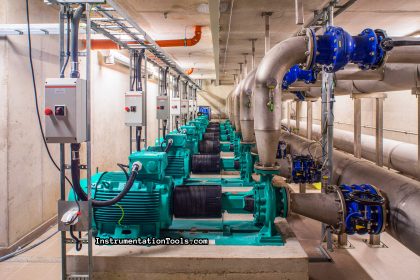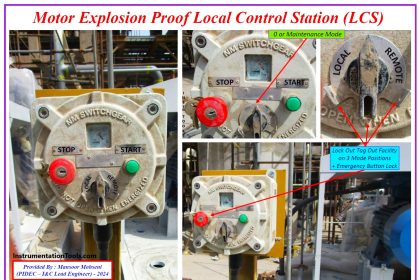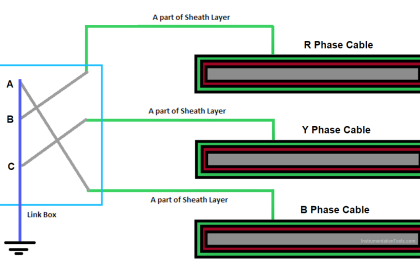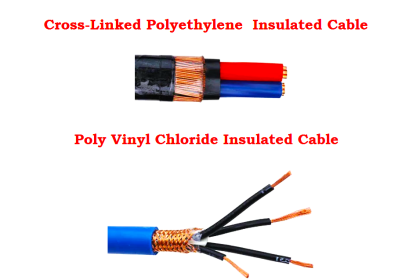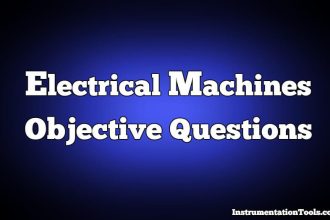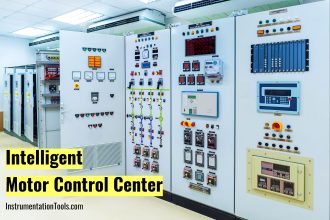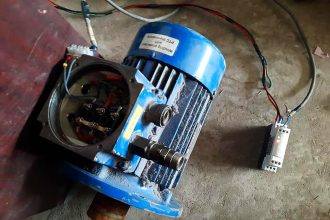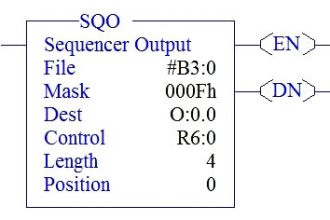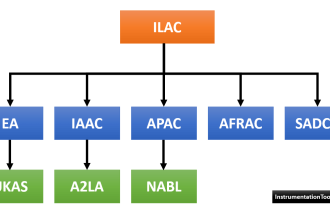In electrical systems, you may have seen how busbars play an important role in power distribution. These horizontal metal plates, colored red, yellow, and blue, help to distribute three-phase electricity to the electrical circuits inside a panel. But, apart from bus bars, there is one more important element that many people forget to mention. It is called a bus riser. Bus risers also play a good support hand for bus bars, enabling efficient power distribution. In this post, we will see the use of a bus riser in switchgear systems. To understand a bus riser, we will first understand what a busbar and bus coupler is.
What is a bus bar?
First of all, let us understand what a bus bar is. A busbar is an arrangement of horizontal metal plates, colored in three ways – red, yellow, and blue. It takes three-phase input and is received in the plates. From those plates, individual connections are taken to different loads requiring a 3-phase power supply. Due to this, the distribution of power to all the loads becomes uniform.
What is a bus coupler?
Suppose there are two busbar panels, and we want to interconnect them for supplying power to a common load or switching supplies after a fixed interval. In this case, a bus coupler is used to switch the busbar power supply. It will either switch the busbars directly, or first shut off the previous supply and then go to the next supply.
Refer to this article for more details on understanding a busbar and a bus coupler. Click Here to Learn.
What is a bus riser?
Now that we are clear with both topics, let us see what a bus riser is. Refer to the below image. Suppose there are three floors in your building. Each floor has a busbar panel at the start, for distributing power to the loads. The main incoming three-phase wire from outside will come only once; it cannot be given to all the floors. So, once the lower panel gets the supply, it has then to be distributed to other panels. This task is done by bus riser.
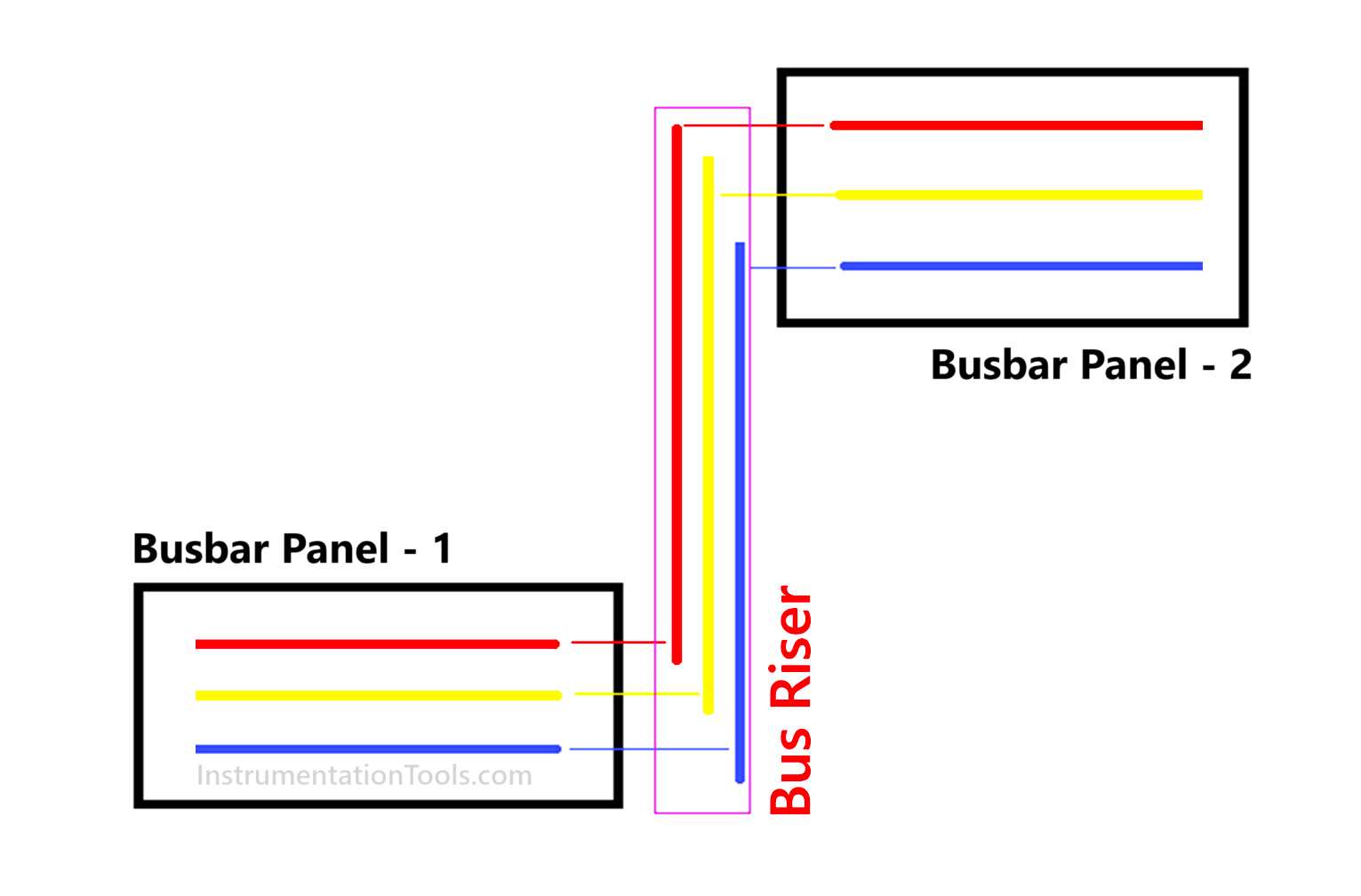
A bus riser is a distributed element, which is vertical in nature, and helps to connect horizontal busbar plates placed at different levels and heights. It starts from the bottom entry of the first busbar panel and ends at the top entry of the next busbar panel. Due to this, various bus bars connected at different heights and levels can get power from the main supply. Due to this, bus risers are used in typical large applications like power plants, high-rise buildings, and other bigger related systems.
So, while the power distribution starts at the bus bar level, and is supported by bus couplers for switching between various busbar panels, the bus riser plays a role in interconnecting busbar panels through the vertical arrangement of plates, in different heights and levels. That is why every electrical engineer needs to study the bus riser concept properly when working in large multi-level applications.
In this way, we saw the use of bus risers in switchgear.
Read Next:
- Substation Interview Questions
- Why Neutral and Earth Separated?
- Electrical Substation Busbar Layouts
- Earthing Practices in PLC Control Panel
- Electrical Engineering Problems and Analysis

